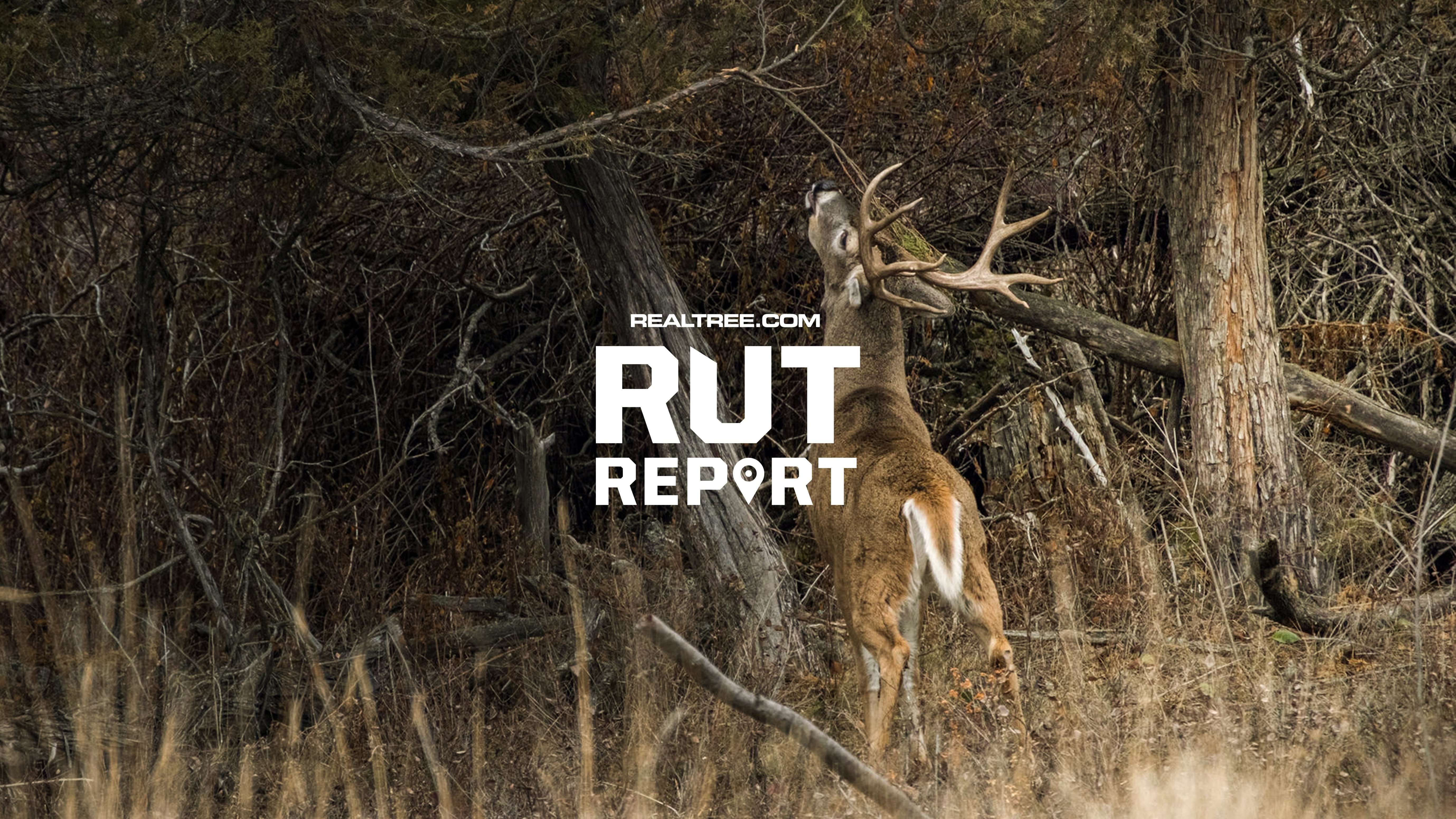Here’s how to shop for the ideal blend of portability and power

Land managers don’t need massive tractors to put in sizable food plots. Image by Realtree
Most folks who do any real amount of food plot work realize quickly that ATV implements aren’t the best solution for long-term dirt working. You need a tractor with hydraulics and power take-off (PTO) to run real equipment.
But if you’re buying a tractor, used or new, primarily for food plots and wildlife habitat management, how big should it be? The popular saying among farmers and other folks who know tractors is that you’ll never regret buying a bigger one — but for food plots, that’s not always true. Extra horsepower is indeed nice when you need a big rotary cutter to mow a fallow field or want to turn over virgin soil with a heavy plow. But that extra power comes with the tradeoff of extra bulk and weight, too, which can be a problem when you’re hung up in the mud, need to change a back tire, or need to tow your machine to the dealer or another property with a half-ton pickup.
I’m no tractor expert but I do spend a lot of time on them, tending to various land management projects including the planting of a lot of food plots. I learned the basics on an old 20-horse John Deere when I was a kid, and the first tractor I ever bought on my own was a well-used, 15-hp Kubota. Both were surprisingly capable machines for planting ¼- to 1-acre food plots. In fact, I paired the little Kubota with a 4-foot rotary tiller and, though the going was slow, there’s no telling how many acres of clover, chicory, cereal grains, and brassicas I planted with it over the years. Its footprint wasn’t much larger than a four-wheeler; in fact, I towed it on a single-axle trailer behind a 6-cylinder pickup. But for dirt work, it was more than capable.
Still, I do prefer something bigger these days, and have personally settled on tractors in the 40-hp range as ideal for all-purpose food-plotting. My current one is a 4-wheel-drive, 39-hp hydrostatic model with a front-end loader (which comes in handy for something just about every day). It’s plenty enough tractor to run a 6-foot mower through some pretty gnarly brush and brambles, and it’ll pull a 2-bottom plow with ease. I also run a 66-inch reverse-tine tiller with it, which weighs around 500 pounds. The tractor powers it no problem, and it makes short work of breaking ground for plots. Other handy implements include a large fertilizer spreader, PTO-powered sprayer, and a cultipacker.
The rear tires on my tractor are fluid-filled, but the total package is relatively light, as tractors go. With the loader and bucket attached, as well as the tiller, the total weight is a bit over 2 tons (by comparison, a full-sized UTV weighs about 1,500 pounds). That’s enough weight to do the job without being too burdensome to load and haul with a half-ton pickup and a heavy-duty bumper-pull flatbed trailer. If I was going to be towing a tractor that was much heavier, particularly over longer distances, I’d want a bigger pickup and gooseneck trailer to accompany it. That’s definitely something for food-plotters to consider if they’re tending multiple plots on multiple small properties.
A final point to consider, at least when shopping new tractors, is that various horsepower sizes are often all built on the same frame — meaning a 30-hp tractor might have near identical weight and dimensions as a 35- or 39-hp model. In that case, it’s always good to follow the farmer’s advice and spring a few extra bucks for a few extra ponies. When you’re trying to break new ground on a searing August afternoon, you’ll be happy to have paid for the extra power.
(Don’t Miss: WHAT IS DRONE DEER RECOVERY?)












